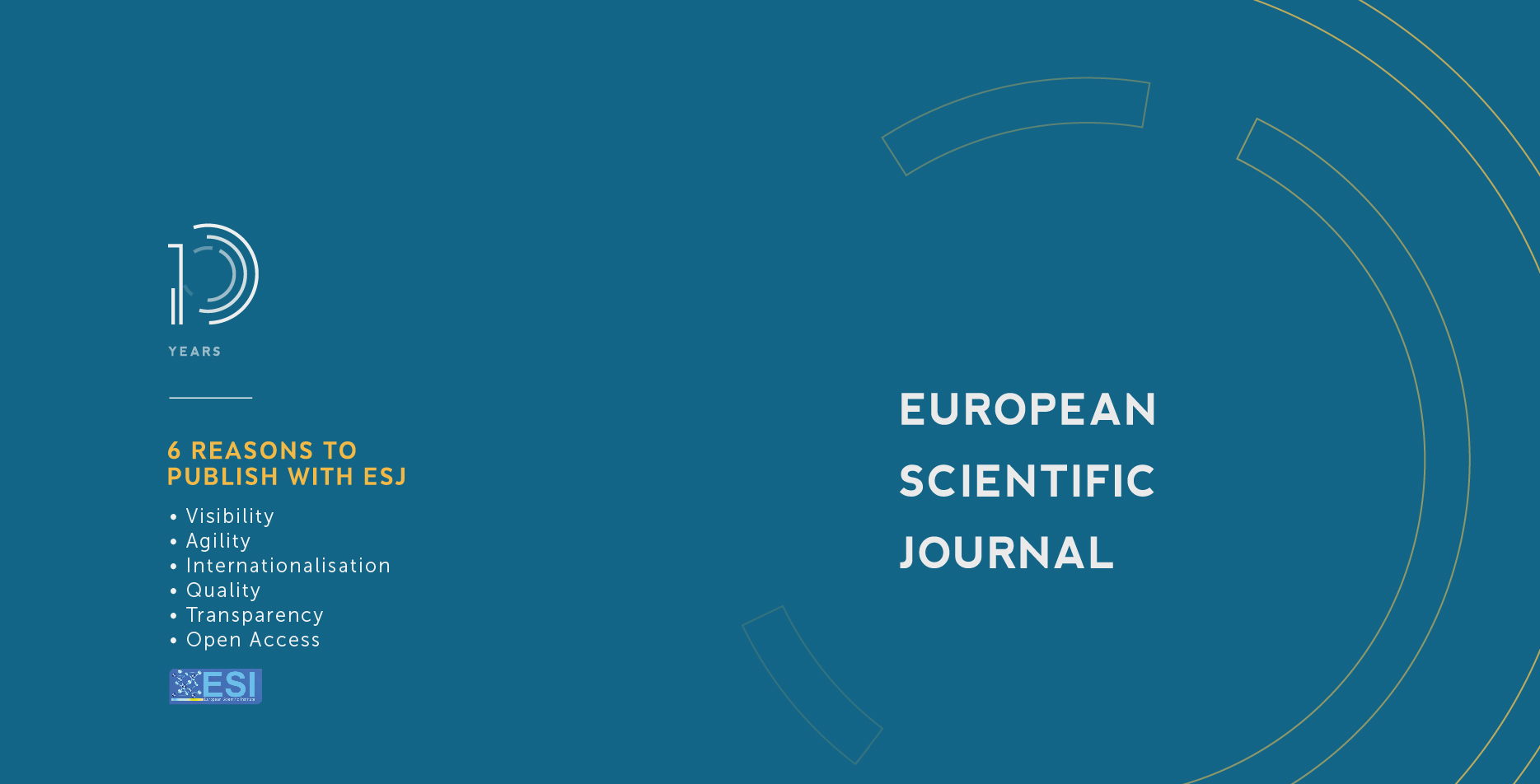Frequence Des Complications De L’hypertension Arterielle Chez Les Patients Suivis En Milieu Cardiologique A Parakou En 2016
Abstract
Introduction : Souvent asymptomatique, l’hypertension artérielle serévèle parfois par des événements cardiovasculaires graves. Ce travail vise àdéterminer les complications silencieuses et/ou chroniques de l’hypertensionartérielle chez les patients suivis en milieu hospitalier à Parakou. Méthodes :L’étude était transversale, analytique réalisée du 20 Mars 2016 au 20 Juillet2016, dans les services de cardiologie des hôpitaux publiques de la ville de Parakou. Etaient inclus, tousles hypertendus consentants, ayant réalisé le bilanminimum de l’Organisation Mondiale de la Santé (OMS) depuis au plus troismois. L’échantillonnage était exhaustif. Les complications silencieuses et/ouchroniques de l’HTA ont été recherchées selon les procédures standards.L’analyse des données a été faite avec le logiciel SPSS 21. Résultats : Sur les719 patients reçus en consultation, 316 (43,9%) avaient une HTA. L’âgemoyen était de 55,2 ± 11,9 ans, la sexe ratio de 0,6. L’ancienneté du diagnosticde l’HTA était inférieure à 5ans chez 61,1% des patients. L’observancethérapeutique était bonne chez 43,9% et l’HTA était mal contrôlée chez61,1%. Au moins une complication a été observée chez 70,9% des patients.Les trois premières complications chroniques étaient l’hypertrophieventriculaire gauche échographique (54,3%), la protéinurie (40,7%) et larétinopathie hypertensive (28,1%). Après régression logistique, l’anciennetéde l’HTA ≥5ans (OR=2,9 ; p=0,011) et l’inobservance thérapeutique(OR=3,1 ; p=0,002) étaient indépendamment associées à la survenue decomplication de l’HTA. Conclusion : Ces données montrent la gravité del’hypertension artérielle chez les patients et le rôle déterminant del’inobservance thérapeutique dans la survenue de ses complications.
Background: High blood pressure (HBP) is often revealed bycardiovascular event, issue of undiagnosed silent complications. This studyaimed at determining the prevalence of chronic complications of HBP amongpatients followed in cardiology at Parakou in 2016. Methods: We performeda cross sectional analytic study from March 20th to July 20th, 2016 in thecardiology settings of Parakou. We did a systematic recruitment of allhypertensive patients who have done the hypertension minimum check up of World Health Organization at least three months before. HBP’s complicationswere accessed according standard guidelines. Socio-demographic data, dataon hypertension, treatment and treatment compliance were recorded for eachpatient. The software SPSS 21 was used for statistical analysis. Results:Among 719 patients admitted, 316 (43,9%) had HBP. The mean age was 55,2± 11,9 years and the sex ratio 0,6. The age of hypertension was <10years in80,4%, the treatment compliance was good for 43,9% and HBP wasuncontrolled for 61,1%. At least one complication was observed in 70,9% ofpatients. The most frequents were echographic left ventricular hypertrophy(54,3%), proteinury (40,7%) and hypertensive retinopathy (28,1%). Afterlogistic regression, age of HBP≥5years(OR=2,9; p=0,011) and the therapeuticinobservance (OR=3,1; p=0,002) were independently associated with thecomplication of the HBP. Conclusion: These data show the gravity of blackpatients’ HBP which is often complicated and the crucial role therapeuticinobservance in the arisen of these complications
Downloads
Metrics
PlumX Statistics
Copyright (c) 2020 Codjo Houetondji Leopold, Dohou Serge Hugues Mahougnon, Ogboni Henock, Amegan Nicolas, Biaou Chabi Alphonse, Sonou Arnaud, Adjagba Philippe, Alassani Adebayo, Ahoui Seraphin, Houenassi Dedonougbo Martin

This work is licensed under a Creative Commons Attribution-NonCommercial-NoDerivatives 4.0 International License.








